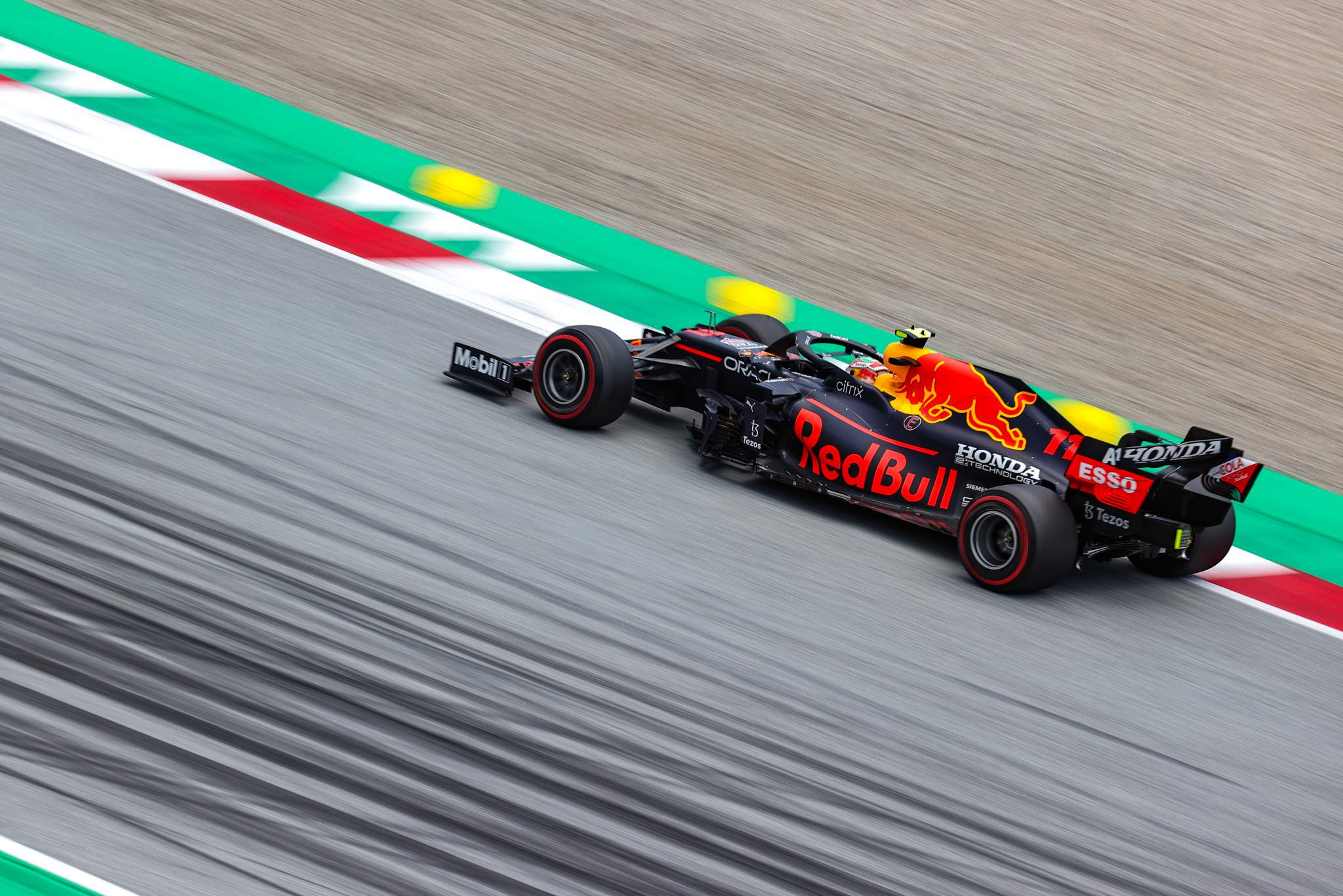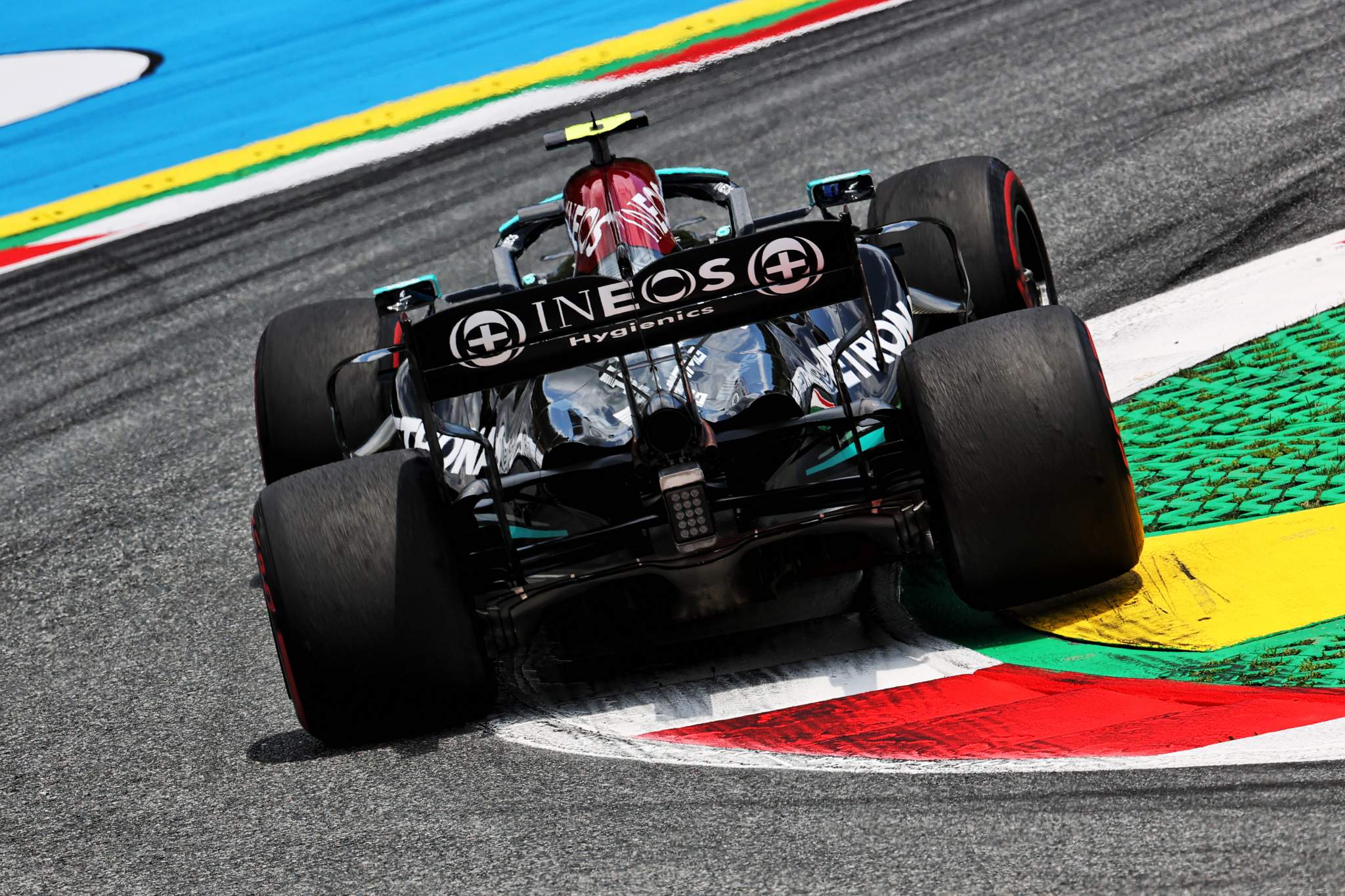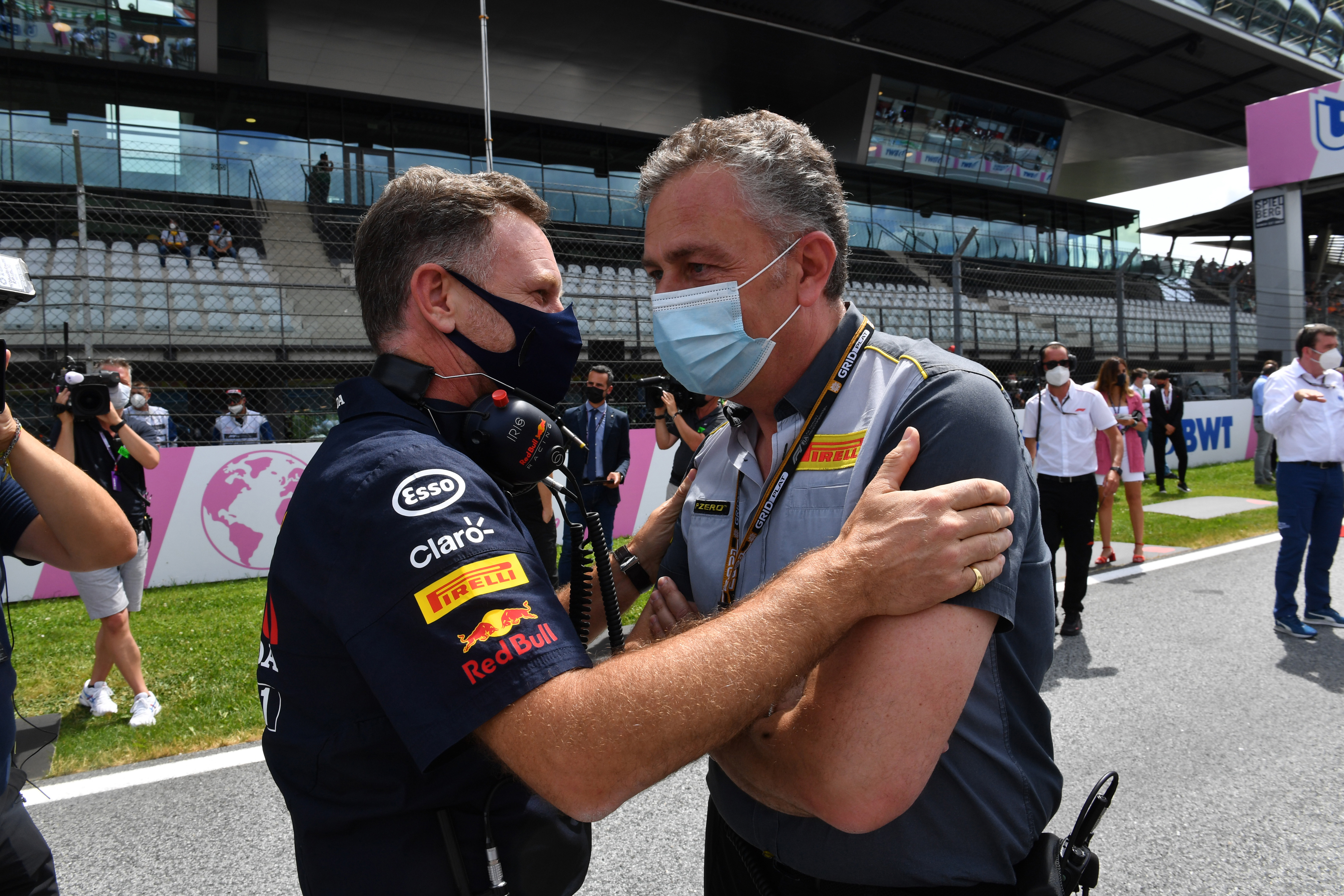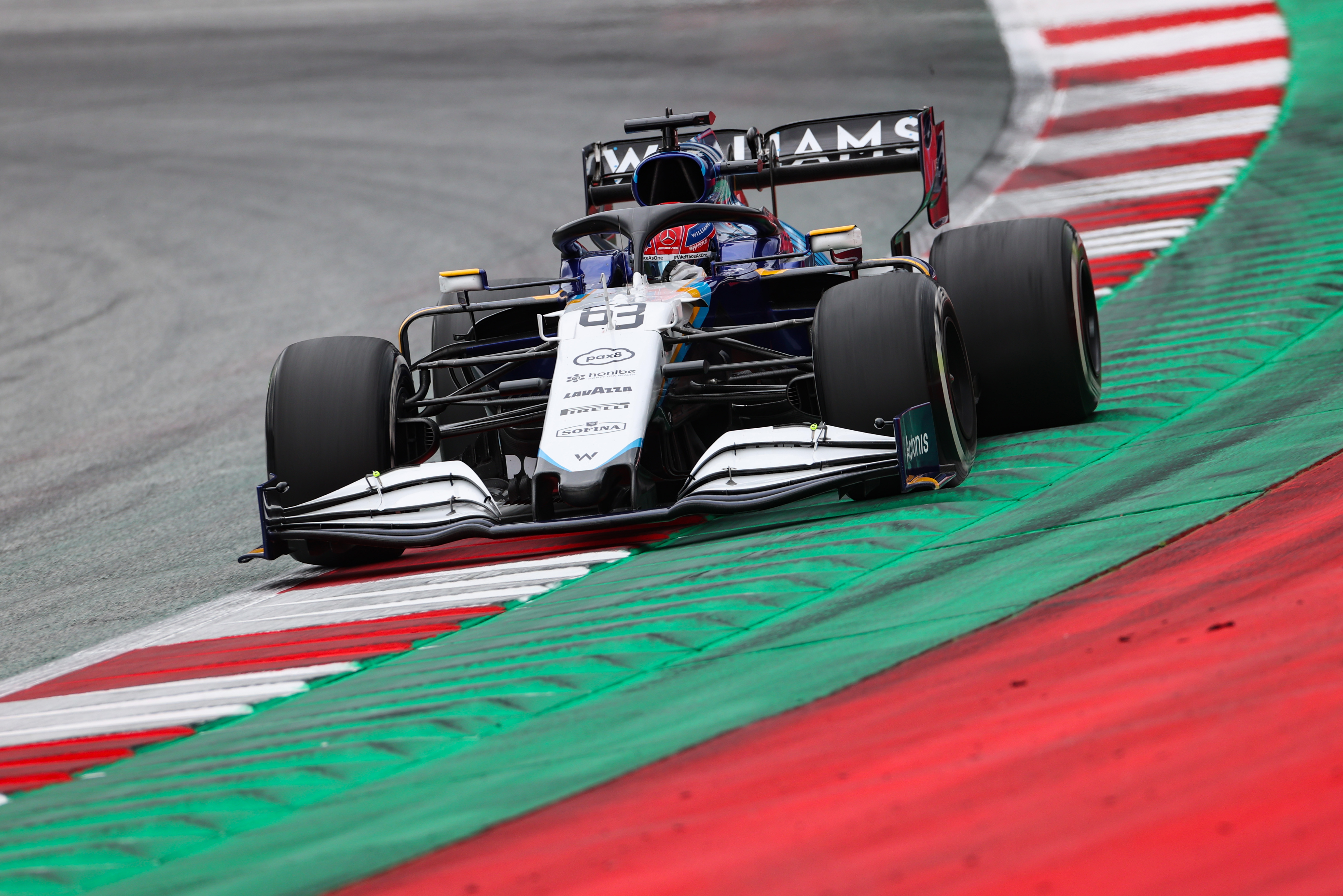Up Next

All 10 Formula 1 teams will test Pirelli’s prototype rear tyres during Friday practice at the Red Bull Ring ahead of their expected introduction at the British Grand Prix.
The tyres have a modified rear construction that features higher cornering stiffness at high loads, as well as a higher vertical stiffness.
The compounds themselves remain unchanged and all of the prototype tyres will be the C4 compound, which is designated as the medium this weekend. The prototype tyres will feature no sidewall markings.
Each driver is expected to complete a minimum of 12 complete laps across their two sets of test tyres on Friday. This is one of three conditions laid out in the event directors’ notes.
The others are that “it would be beneficial” for each team to run its cars on different fuel loads and run types and the requirement to run to the prescriptions laid out by Pirelli.
For performance runs, Pirelli is understood to require 15kgs of fuel and qualifying simulation conditions in terms of DRS use and engine modes, while long-runs are required to be started with a full 105kg of fuel. It has also requested that drivers push on in-laps.

While the regular rear tyres must have a minimum starting pressure of 20.0psi, the prototype tyres are set at 18.0. This is because it is hoped that the more robust construction will allow them to be run safely at a lower pressure.
The camber settings of -3.5 degrees front and -1.75 degrees rear are the same for the race and prototype tyres.
The test is taking place thanks to a provision in the sporting regulations that allows Pirelli to conduct tyre testing in free practice. This is the first time it has happened this season and is a reaction to the failures suffered by Max Verstappen and Lance Stroll in the Azerbaijan Grand Prix.
Teams have received extensive data from Pirelli about the expected performance of the tyres. But as Mercedes driver Valtteri Bottas explained, it’s unclear what impact it might have on the behaviour of the cars.
“I don’t know, we haven’t tried the tyres yet,” said Bottas on what impact the change could have on Mercedes.
“It’s completely unknown for us how the car is going to handle, how the level is going to be with a new rear tyres and that’s what we’re going to try tomorrow.
“So anything I say now is just guessing and speculation, so I think we learn more tomorrow.”

Pirelli F1 boss Mario Isola has downplayed the prospects of it impacting the behaviour of the cars. But given the sensitivity of the cars, anything that changes the compliance of the tyres or the way the tyre reacts under load at speed has the potential to have an impact.
“I’m not expecting different driveability, but obviously it is a different construction in terms of the geometry and design of the tyre,” said Isola.
“We are not going to change the external profile, otherwise this affects the design of the floor and the downforce on the rear of the car, but it is more robust.
“I’m not expecting a big shift in balance, but we need to test it on track to confirm.”

While the use of the modified rear tyres from Silverstone onwards will not be approved until the results of the test are analysed – with Pirelli having the ability to supply either the existing or the new specification at the British Grand Prix – Isola is confident they will work.
Not only is the tyre only an evolution of the current project, but it has already been through extensive indoor testing. One of the reasons Pirelli was able to introduce this tyre for testing so quickly is it was designed and trialled last year after the 2021 specification had been finalised.
The modified tyres also incorporate some of the lessons of Pirelli’s ongoing test programme for the 2022 tyres that will run on 18-inch wheelrims – the construction of which has already largely been finalised.
“We had some other ideas on how to make the rear tyre more robust and we made some prototypes,” said Isola of the origin of the modified tyres.
“We usually run several indoor tests to assess the level of integrity of the tyre and the new construction was positive in this regard.

“So, the 2021 construction is a step better than 2020, but the new one is another clear step in the direction of a tyre that is more robust than the current one.”
As a trend, the initial driver feedback about any new tyres tends to be negative – and unsurprisingly so given the cars will run on set-ups refined for the existing production. That was certainly the case when the current 2021 tyres were first tested on Friday at last year’s Portuguese Grand Prix.
So the question will be whether the expected reactions after today’s running are just the usual grumbling, or that they indicate more strenuous objections that could delay the plan to use the modified tyres from Silverstone onwards.






